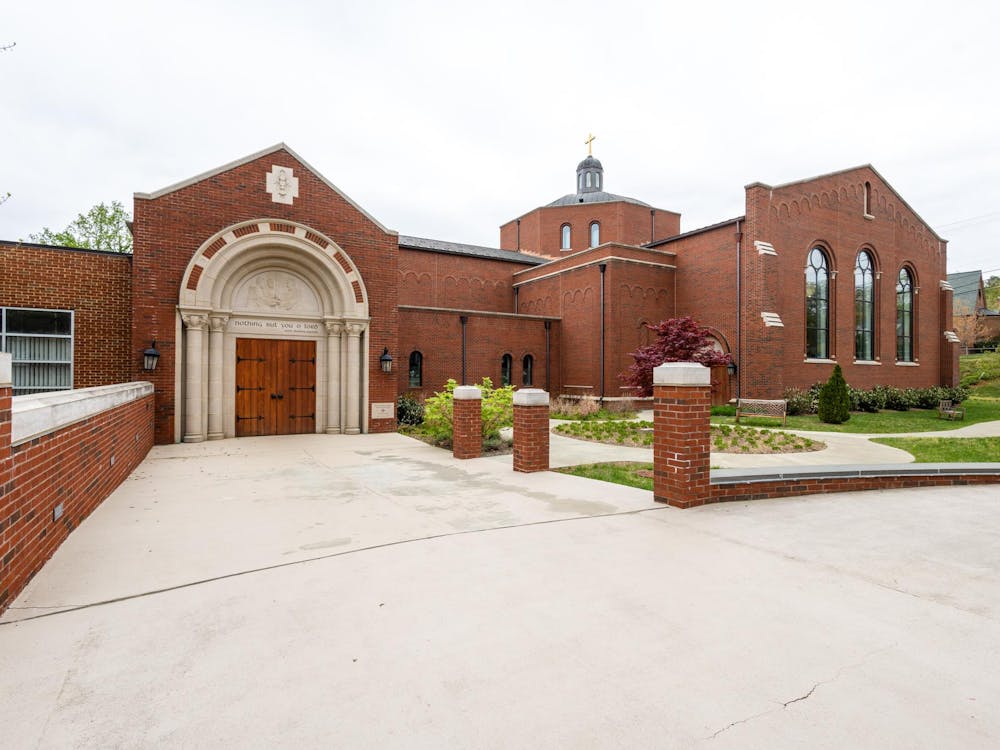Long-time faculty member and Architecture School graduate Elizabeth Meyer kicked off her two-year term as Dean of the Architecture School in July, succeeding Kim Tanzer in a position she said she feels privileged to hold.
“I have a chance to repay the incredible generosity of time and intellect that my professors shared with me, to build on their ambition, to [build] a creative and scholarly environment where faculty and students work across disciplinary boundaries to work on the wicked problems of our time, and to help shape the future trajectory of the School with a group of quirky, brilliant and dedicated colleagues,” Meyer said in an email.
Provost John Simon said Meyer is a natural leader for the Architecture School.
“Dean Meyer has deep U.Va. roots and is well-known to alumni,” Simon said. “She understands the university and understands the School of Architecture.”
Meyer said she plans to continue the initiatives Tanzer started. Two new research centers and the Architecture School’s doctoral program were founded during Tanzer’s tenure.
“I will build on Kim’s leadership by supporting cross-disciplinary faculty research with more substantial summer grants, offering grant administration support, and encouraging new faculty research constellations to form around key topics and questions, such as the future of cities, and critical approaches to cultural landscape interpretation, planning and design,” Meyer said.
Meyer also said she wants to welcome new faculty to the University.
“[Forty percent] of our faculty left over the past six years,” Meyer said. “The new faculty is much more international. I see my job as helping this group gel as a scholarly community.”
Fourth-year Architecture student Margaret Nersten said she is excited about the new leadership.
“[Dean Meyer] has a very personal perspective,” Nersten said. “She seems extremely skilled at what she does.”
Nersten said the School’s small size — about 75 students per undergraduate class — fosters an intimate connection between students and faculty.
“We all attend gallery openings together,” Nerston said. “[The previous dean] would probably recognize me and know my name.”
Meyer said she looks forward to getting to know students in new ways, such as informal gatherings on “walks and talks” around Grounds.
“I live near the Dell and Observatory Hill, and am always eager to share my love of the University landscape, and walking, with students and colleagues,” Meyer said.
Meyer said she has witnessed significant change in the School since she entered as a student in 1974.
“The curriculum [today] has a more global reach, and at the same time more of the courses engage local communities,” Meyer said. “I think this mix of experiences is vital to educating nimble minds who are capable of proposing novel solutions to contemporary situations, and who understand that context and community are more than surroundings and clients.”
Faculty diversity marks another difference. No women taught in the School of Architecture when Meyer began her studies.
“Today, one-third of the faculty are tenured women,” said Meyer. “This is a remarkable figure, higher than the percentage of women in architecture.”
Nersten, chapter leader of the professional development organization American Institute of Architecture Students, said she hopes the Architecture School’s career services offerings will improve. The Architecture School held its first career fair during the last academic year.
“The point of school is to get jobs,” Nersten said.
Conveniently, Meyer said improving career services is one of her priorities.
“We do not have a career planning office within the school,” Meyer said. “Our students have not been well-served by the central career services in the past. … We hope to bring a proposal to our Dean’s Alumni Advisory Board in October, so we can move forward, quickly, on a reinvigorated career planning and placement initiative that involves our alumni as mentors and advisors, and that facilitates job applications and interviews.”
The provost said it is rare to find a dean with a University history as long as Meyer’s.
“If you could find [an alumnus to fill the position] … in many ways it’s ideal,” Simon said. “[That person] would have a unique understanding of the school and the faculty.”






